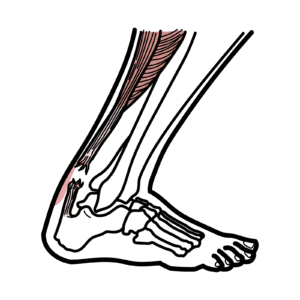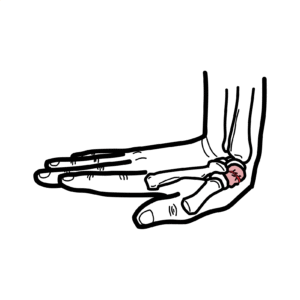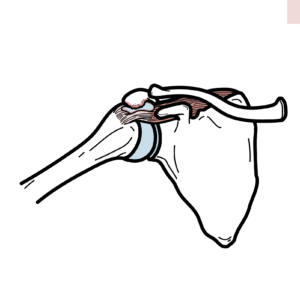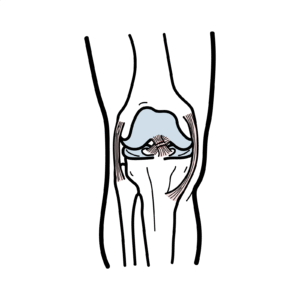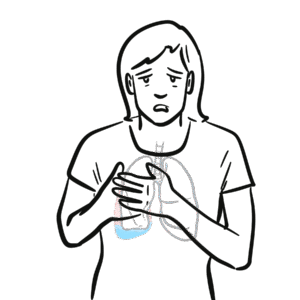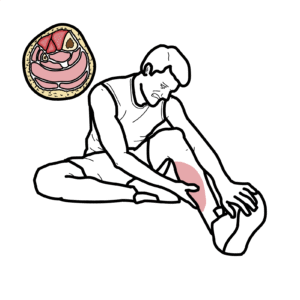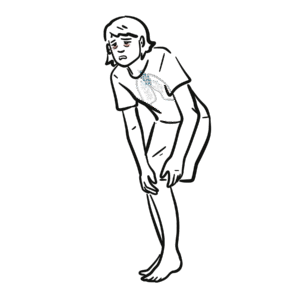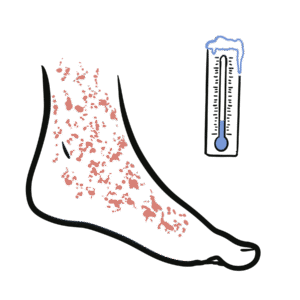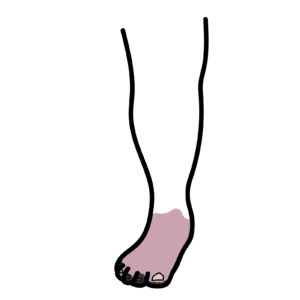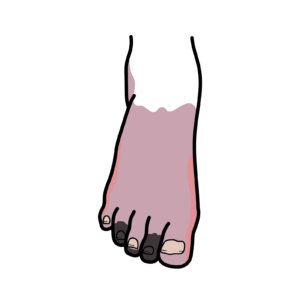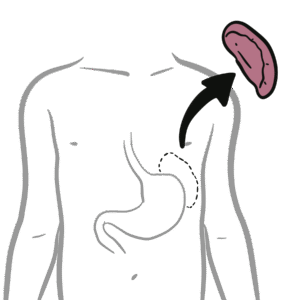Trochanteric bursitis – pathophysiology, diagnosis, treatment
Trochanteric bursitis causes lateral hip pain, swelling, and tenderness—learn causes, diagnosis, and effective treatments for trochanteric bursitis and IT band–related pain. This clear, clinical guide explains how inflammation of the greater trochanteric bursa from overuse, muscle dysfunction, arthritis, or acute injury produces pain, snapping, and referred thigh symptoms, and how to distinguish it from stress fractures, gluteus medius tendinopathy, radiculopathy, avascular necrosis, osteoarthritis, or septic bursitis.
Watch to understand the anatomy (gluteus maximus, tensor fascia lata, iliotibial band, and greater trochanter), common risk factors—female runners, broad pelvis, sloped training surfaces, sudden mileage increases—and hallmark exam findings such as point tenderness over the greater trochanter, pain with hip rotation/abduction/adduction, and pain on resisted hip abduction. Learn which imaging (ultrasound, MRI) helps rule out differentials and when to suspect infection requiring aspiration and antibiotics or surgical drainage.
Discover practical, evidence‑based treatment strategies: conservative care with rest, NSAIDs, targeted IT band and gluteal stretching and strengthening; adjuncts like iontophoresis, extracorporeal shockwave therapy, and local anesthetic injections; and advanced options—iliotibial band release or bursectomy—when conservative care fails. Helpful for clinicians, athletes, and anyone with persistent lateral hip pain, this video equips you to recognize, manage, and prevent trochanteric bursitis. Watch to get actionable steps and decide when to seek imaging or specialist care.




